Over the years, certain dog breeds have changed in more ways than one. In fact, their changes are fascinating!
1) Pugs:
Pugs of a century ago were smaller than today’s Pugs, with more proportionate legs and a less extreme flatness to the face.According to Science and Dogs, the Pug is another extreme brachycephalic breed and it has all the problems associated with that trait – high blood pressure, heart problems, low oxygenation, difficulty breathing, tendency to overheat, dentition problems, and skin fold dermatitis. The highly desirable double-curl tail is actually a genetic defect, in more serious forms it leads to paralysis.
2) Basset Hounds:
While Basset Hounds of one hundred years ago were similar in appearance, with short forelegs relatively long ears, and an elongated body, today’s Bassets are far more exaggerated than their ancestors.Today’s Bassets have much shorter back legs, very long ears, excessively loose skin, and longer backs. Because of their enhanced physical traits, Basset Hounds very commonly suffer from osteochondritis dissecans, a painful joint disease that affects shoulders, elbows, and knees, as well as other serious musculoskeletal dysfunctions. Excess skin, especially on the face, has left these dogs with drooping lower eyelids and eyes that are prone to a variety of painful and serious eye conditions. The breed also requires extra care to prevent ear infection.
3) English Bulldog:
One of the greatest examples of breeding for specific characteristics gone wrong, the English Bulldog today barely resembles his healthy, agile, and functional ancestors.Modern Bulldogs suffer a host of diseases and complications as a result of breeding to enhance certain characteristics. Narrow nostrils and a longer soft palate creates the potential for severe breathing problems. Because of this, Bulldogs are highly susceptible to heat exhaustion. It literally requires incredible effort for the Bulldog to simply breathe normally.
Some of the major health problems the Bulldog is susceptible to are keratoconjunctivitis sicca (KCS), ventricular septal defect, hip dysplasia, shoulder and patellar luxation, internalized tail, eye and skin problems, and many more. Many Bulldogs are physically unable to mate or to give birth without medical intervention.4) German Shepherd:
Like the English Bulldog, the German Shepherd is another breed that has suffered greatly at the hands of breeders of the last century. Once a medium-sized dog, about 55-pounds, with a straight back and long, sturdy legs, the modern German Shepherd Dog is drastically different in size, appearance, and gait.Today’s GSD’s are much larger in size and stature, considered a large breed at about 85-pounds. Their backs, no longer straight, are extremely sloped. Their rear legs, which once stood tall and sturdy, now appear as though the back legs are always bent at the knee. As a result of musculoskeletal changes, German Shepherds are highly susceptible to hip and elbow dysplasia, gastric torsion, and a host of other genetically predisposed health issues.
5) Shetland Sheepdogs:
Commonly referred to as the Sheltie, Shetland Sheepdogs of 100 years ago were much smaller than their modern descendents, usually weighing between 7 and 10 pounds. Also unlike modern Shelties, they had only medium length fur and a wider, shorter muzzle.Bred to be considerably larger, today’s Shetland Sheepdogs weigh around 20 pounds and have much longer fur. Parents of modern Shelties are advised to routinely check the health of their dog’s eyes, hips, and thyroid, as the breed is now genetically predisposed to certain diseases and ailments in these areas. Breeding has also created what is known as a “double-merle” in this breed, an often lethal result of breeding two merle coated dogs together which almost always results in blindness, deafness (or both), and other serious health issues.
And there are more breeds, some that may stun you, whose looks have changed drastically over the years! If you go to The Dogington Post you can see photos and more amazing information on your favorite pooches!
While we are the first to say certain breeds, like a pug and Sheltie are currently absolutely charming we have to admit that it is sobering and a bit sad to realize that their original looks were bred into obscurity.
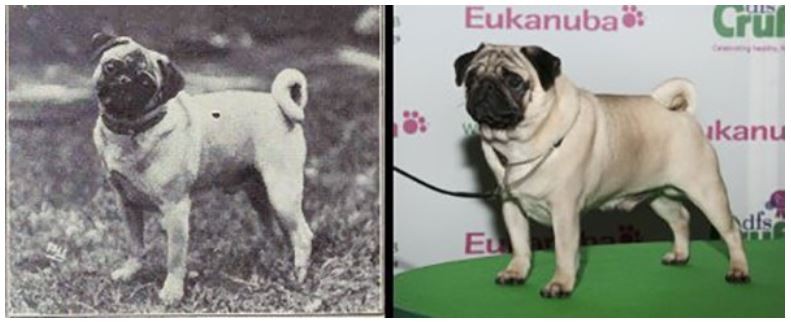
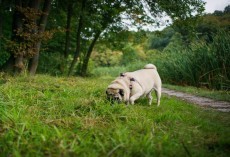
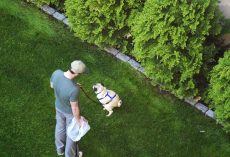
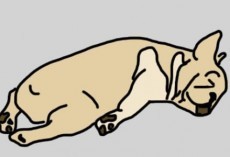
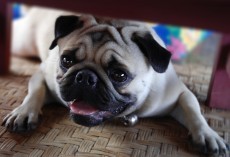

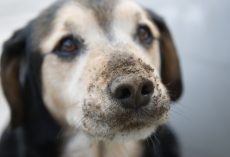
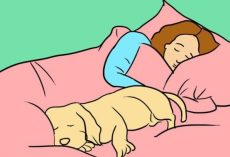


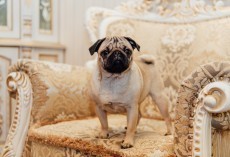
Phillip Davis
- Edit
Ann-maree Davis
Ma Ju
- Edit
My little guy looks like the first picture
Eileen Hird
- Edit
My pug looks like the first on exactly.
Sherri Lowry-Tranberg
- Edit
And the big difference is?????
Yolonda Countiss
- Edit
My 10 month girl looks like the first picture. My 8 year old male looks like the 2nd photo, he use to look like picture one.
Humaling
- Edit
Love it. Like our page if you want to read about Filipino culture!
Raymond Reyrey Ruiz
- Edit
Angel Angel Perez
Kelly Dye Andersen
- Edit
They’ve gotten so stocky and barrel chested. I have 2 and love them so, but oh my, the breathing issues.
Charlette Schoenberg
- Edit
my JoliePug conforms more to the old Pug. She isn’t as thick, has longer legs and still has a snout… her tail is curled but not in a knot
Vicki Kelso Caldwell
- Edit
Mine is stocky and does have a knotted curled up tail.They say the tighter the tail the better the dog I’ve heard. I like the shorter stockier breed.I think both are beautiful dogs.
Kari Soltoski Reuter
- Edit
My little Charlotte has looong legs and is quite lean- has a less tightly curled tail and a snout- But she’s only 6 mos old , so perhaps that will change?
Kari Soltoski Reuter
- Edit
JoliePug – that’s an awesome name!!
Adriana Guzman
- Edit
Coby❤️
Lynn Payne Siddle
- Edit
This is my Rocky! ❤️
Maggie Farrance
- Edit
My Tejay is short and stocky with a double curled tail
Robert Patterson
- Edit
Evolution is real. Duh!
Sonia Querin
- Edit
So nice